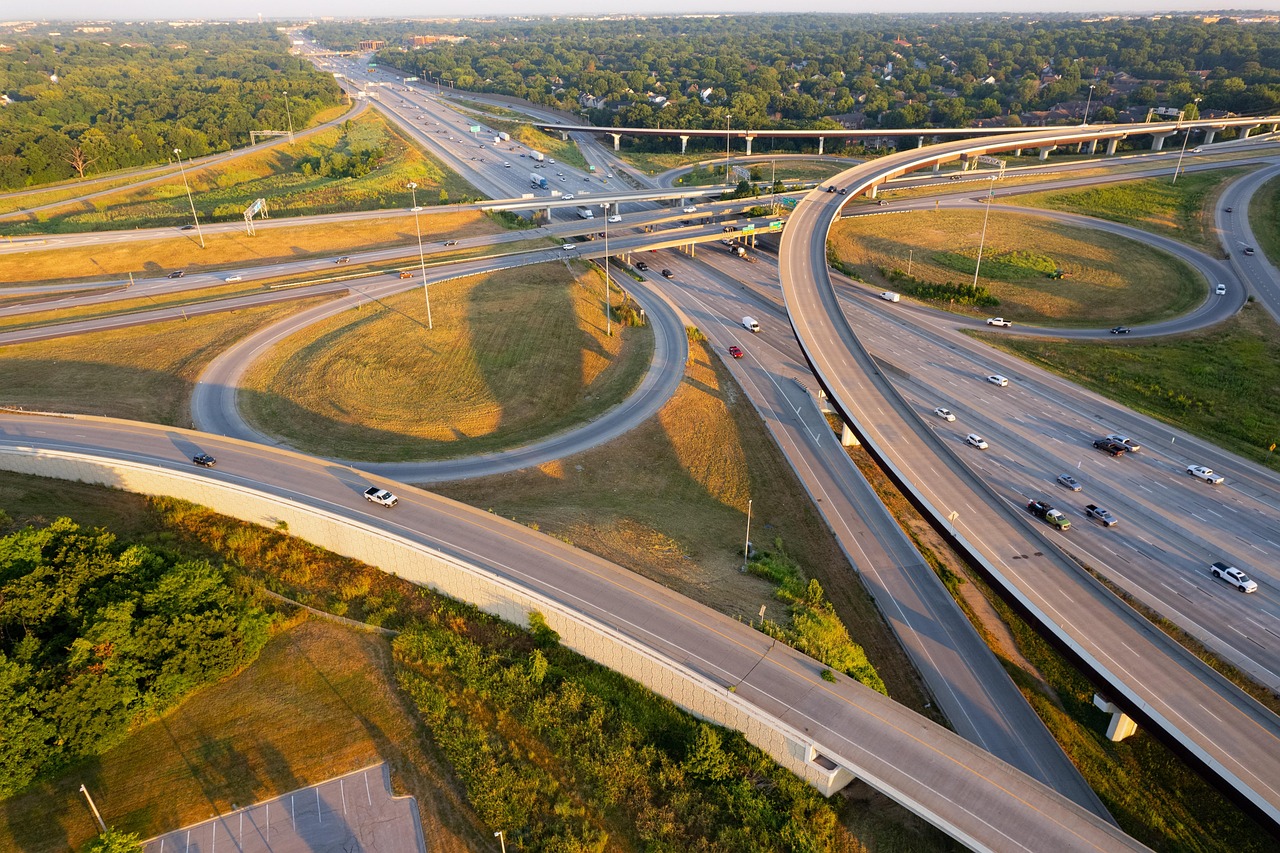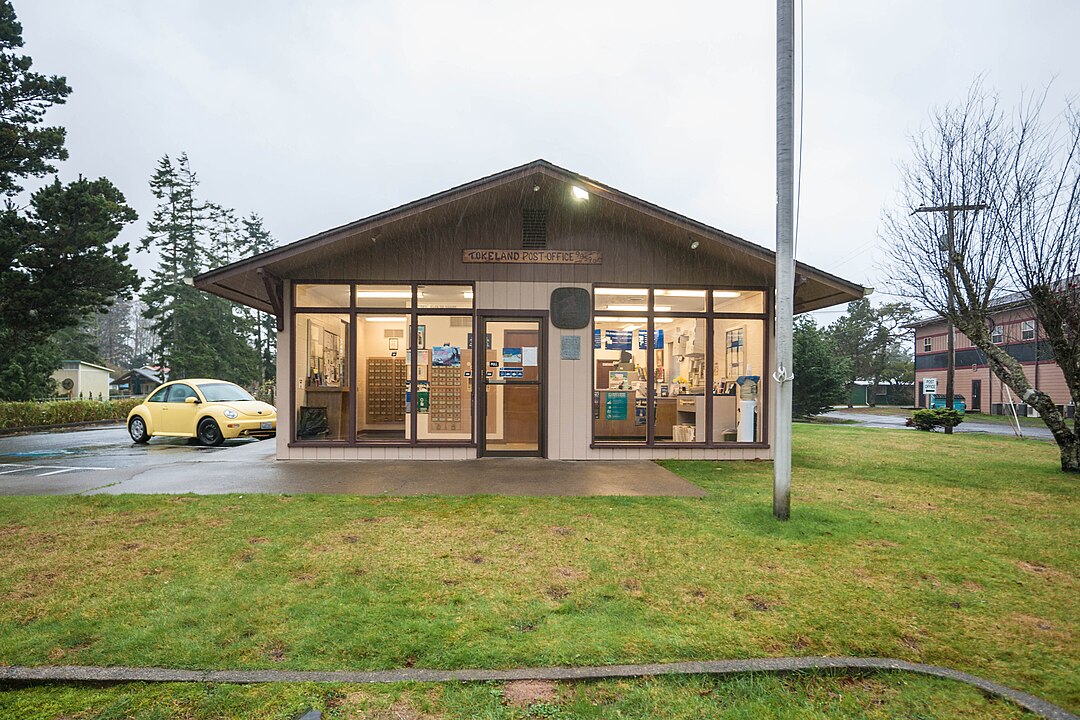Across the United States, a once experimental interchange is quietly reshaping familiar commutes. The diverging diamond interchange looks unconventional at first glance, yet it reflects a clear intention: fewer hard brakes, clearer turns, calmer merges. For designers, patrol officers, and commuters, it signals a shift toward roads that guide behavior gently instead of punishing mistakes. What emerges is a network of ramps that feels more readable, less hostile, and aligned with how people actually drive. Change arrives subtly, but its impact runs deep.
How The Diverging Diamond Works
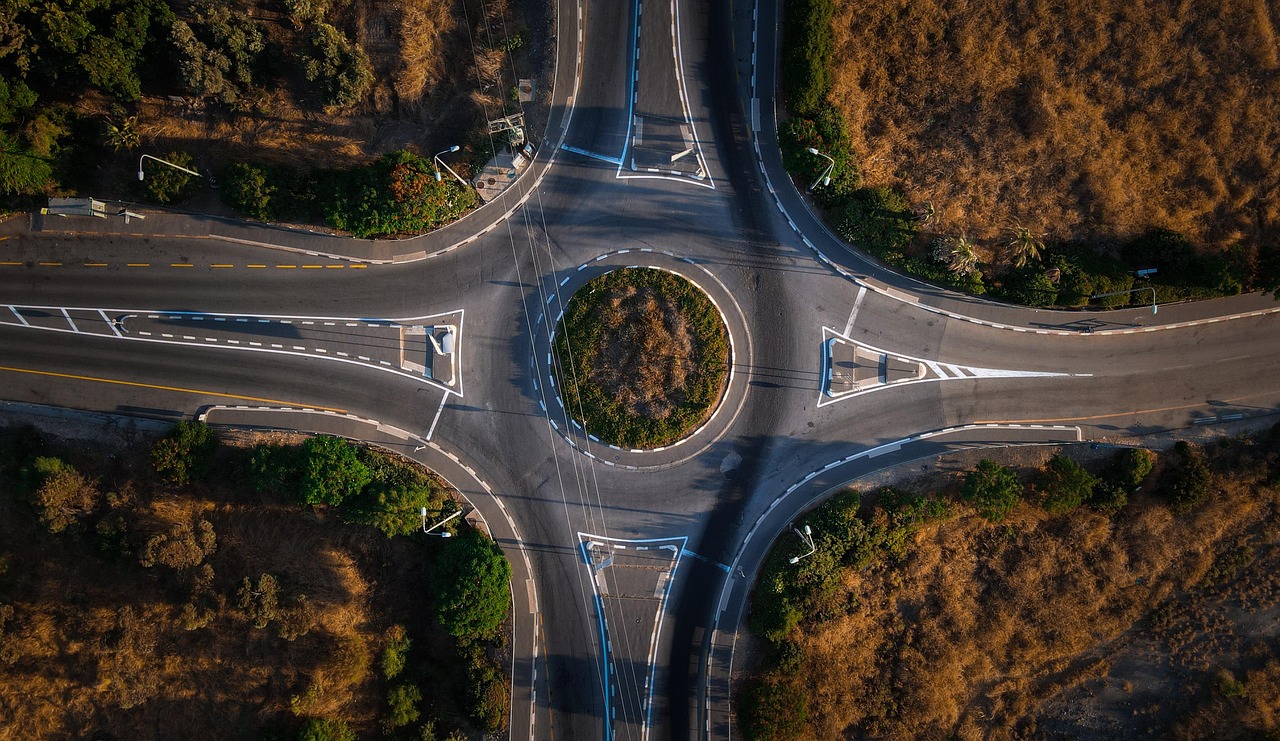
A diverging diamond interchange briefly shifts traffic to the opposite side of the road, then guides it back after the ramps. That crossover lets drivers enter and exit highways without crossing opposing streams, trimming conflict points and signal phases. The pattern looks unusual from above, yet behind the wheel it settles into a steady script of arrows, islands, and short lights that keeps decisions simple even as traffic builds at busy junctions.
Why Agencies Are Choosing It
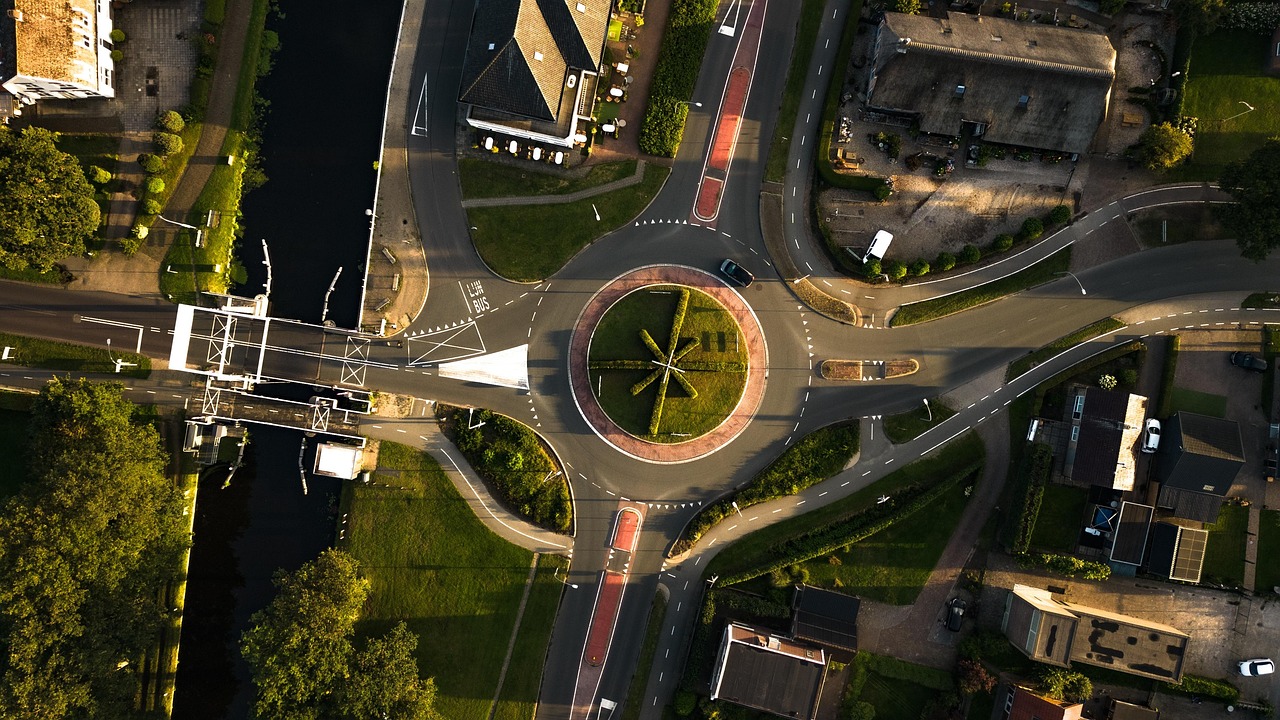
Transportation agencies face gridlock, tight budgets, and impatient communities. The diverging diamond often reuses existing bridges and right of way, so crews adjust lanes instead of rebuilding everything. That means lower costs, shorter closures, and results that officials can defend. As early projects in Missouri and other states delivered smoother flow and fewer crashes, more districts followed, turning the layout from experiment into a serious option at crowded interchanges nationwide.
Learning To Trust The Crossover
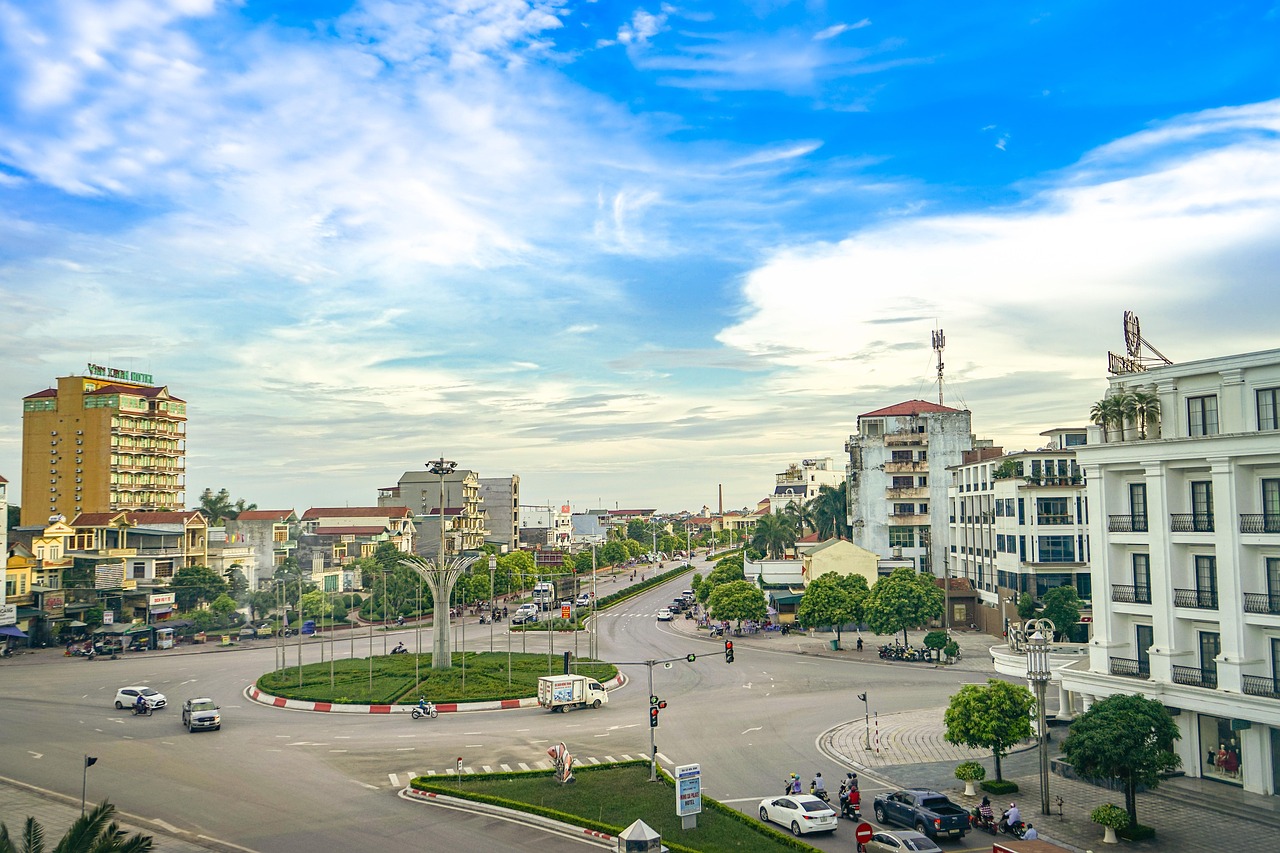
The idea of driving on the opposite side of the road can sound reckless until the details are seen up close. Clear signs, bold arrows, curbed islands, and simple two phase signals guide every move through the crossovers. Agencies pair openings with diagrams, videos, and on site message boards so drivers know what to expect. After that first trip, the path feels direct rather than odd, and trust in the layout builds steadily as instincts quietly adjust.
Left Turns Without The Showdown
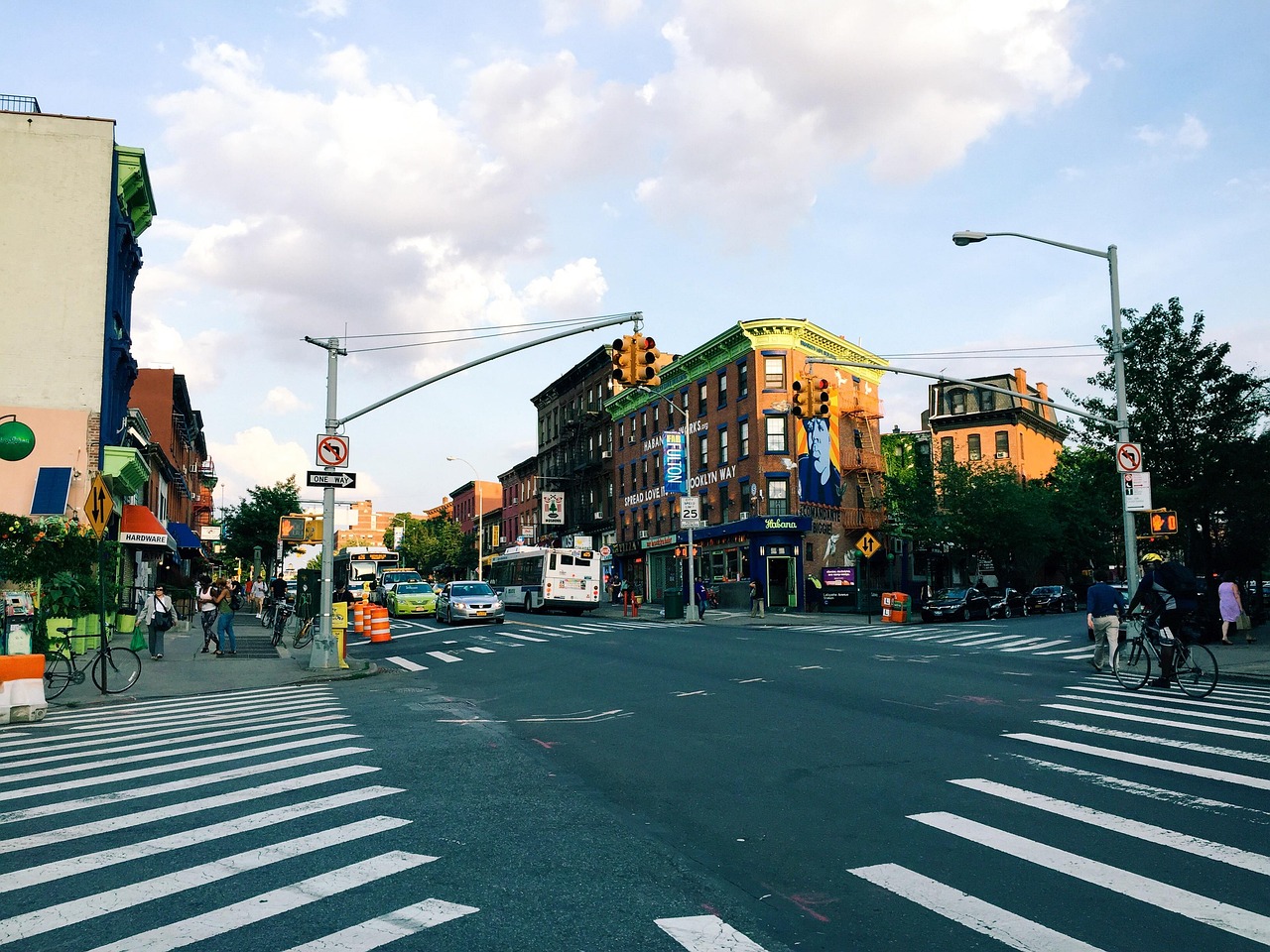
Traditional left turns at busy ramps often mean staring across traffic or waiting through long arrow phases. In a diverging diamond, the earlier crossover has already placed vehicles where they need to be, so entering or exiting the freeway becomes a single, clear motion. Drivers avoid guessing gaps in oncoming flow, signals run simpler sequences, and queues shrink. The left turn stops feeling like a gamble and starts feeling like a natural extension of the lane.
Proven Safety Gains In The Data
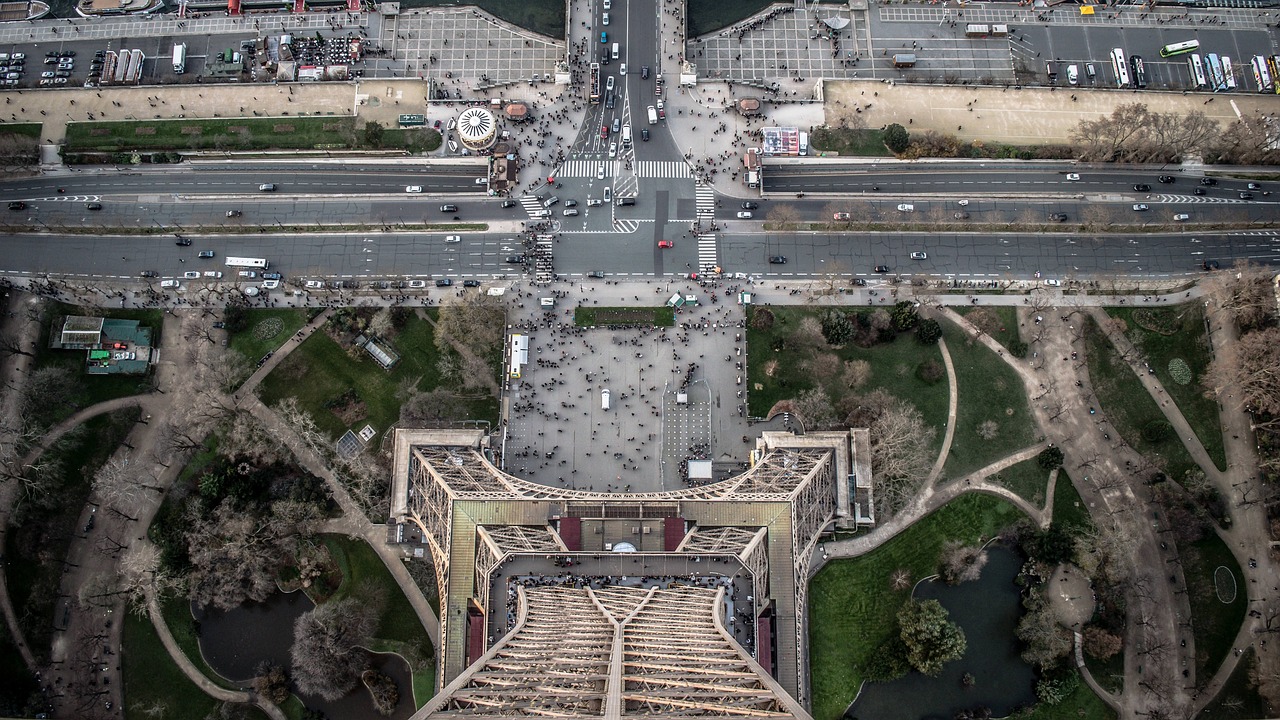
What sells the concept inside agencies is not novelty, but numbers. Studies in Missouri and other states found diverging diamonds cutting total crashes by around 40 percent and reducing serious or fatal collisions by well over half after conversions from conventional diamonds. With fewer conflict points and calmer decision moments, high speed angles become rarer. For families and freight carriers, that translates into real safety, not just new paint.
Smoother Flow At Peak Hours
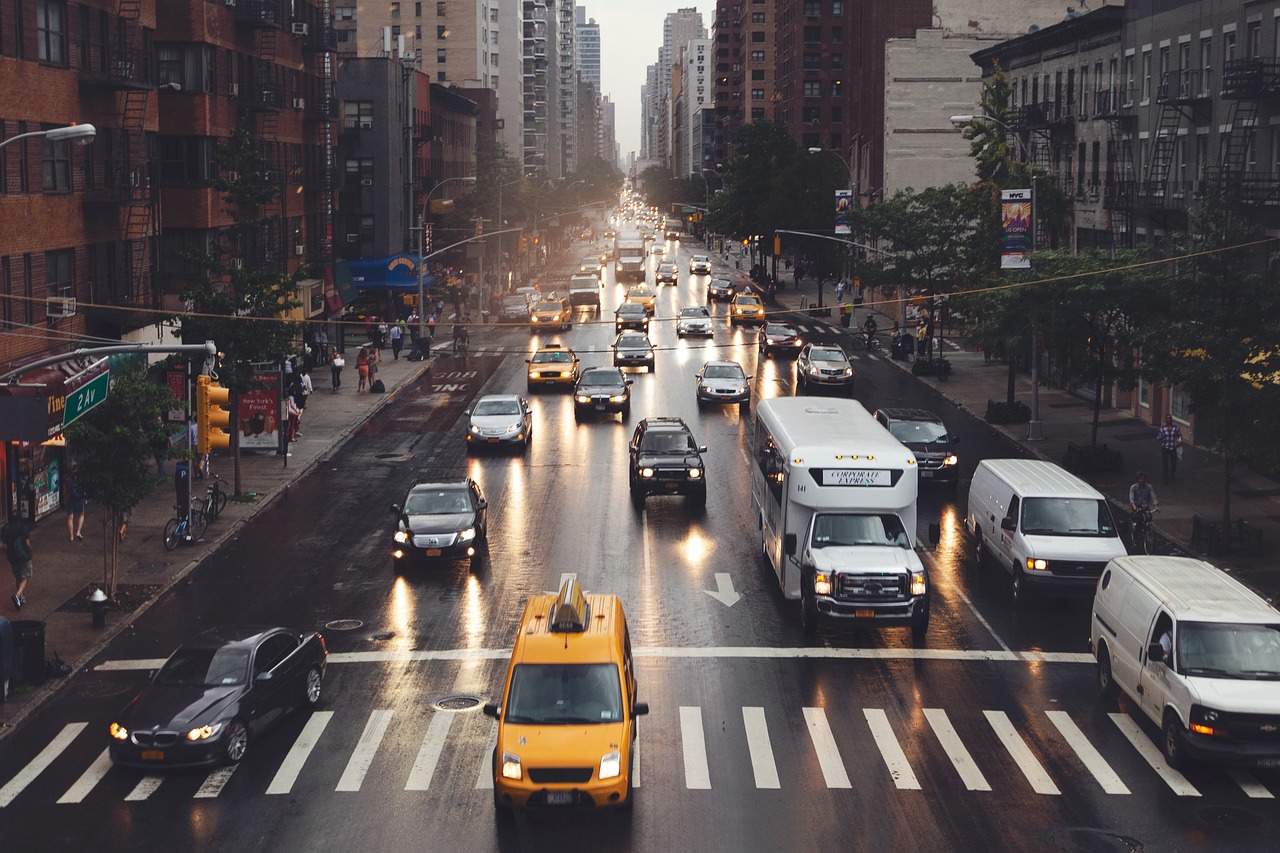
Daily users often notice the rhythm before the geometry. Shorter signal cycles, direct left movements, and fewer start stop waves help vehicles move through instead of stacking into long red light walls near ramps. By streamlining phases, a diverging diamond can handle higher volumes in the same footprint, especially at peak hours. That means less wasted fuel, fewer sudden lane dives, and corridors that feel composed instead of constantly on edge.
Lower Costs And Faster Delivery

Because diverging diamonds often retrofit existing structures, they arrive without the price tag of giant flyovers. Crews re stripe lanes, shift medians, and upgrade signals within a familiar footprint, which keeps right of way impacts in check. That efficiency frees limited dollars for other bridges, sidewalks, and transit needs. Communities see quicker benefits, fewer seasons of orange barrels, and a sense that infrastructure upgrades can be both ambitious and practical.
Safer Paths For People Walking And Biking

Modern diverging diamonds treat people on foot and bike as part of the design instead of an afterthought. Center paths or side paths use barriers, clear markings, and dedicated signal phases to break movement into short, predictable steps. By separating turning traffic and tightening crossing distances, those details help vulnerable travelers feel less exposed near fast ramps. Well executed layouts can turn once hostile interchanges into workable links between homes, jobs, schools, and shops.
A Compact Fix For Tight Interchanges

Many older interchanges sit locked between shops, neighborhoods, and utilities where expansion feels impossible. The compact geometry of a diverging diamond lets engineers pull more capacity and safety out of that same space. Instead of seizing additional land, they reorganize how movements meet. That retrofit friendly nature is a key reason the design appears in both booming metros and smaller cities trying to stretch aging infrastructure without starting from bare ground.
A Glimpse Of The Next Era Of Roads
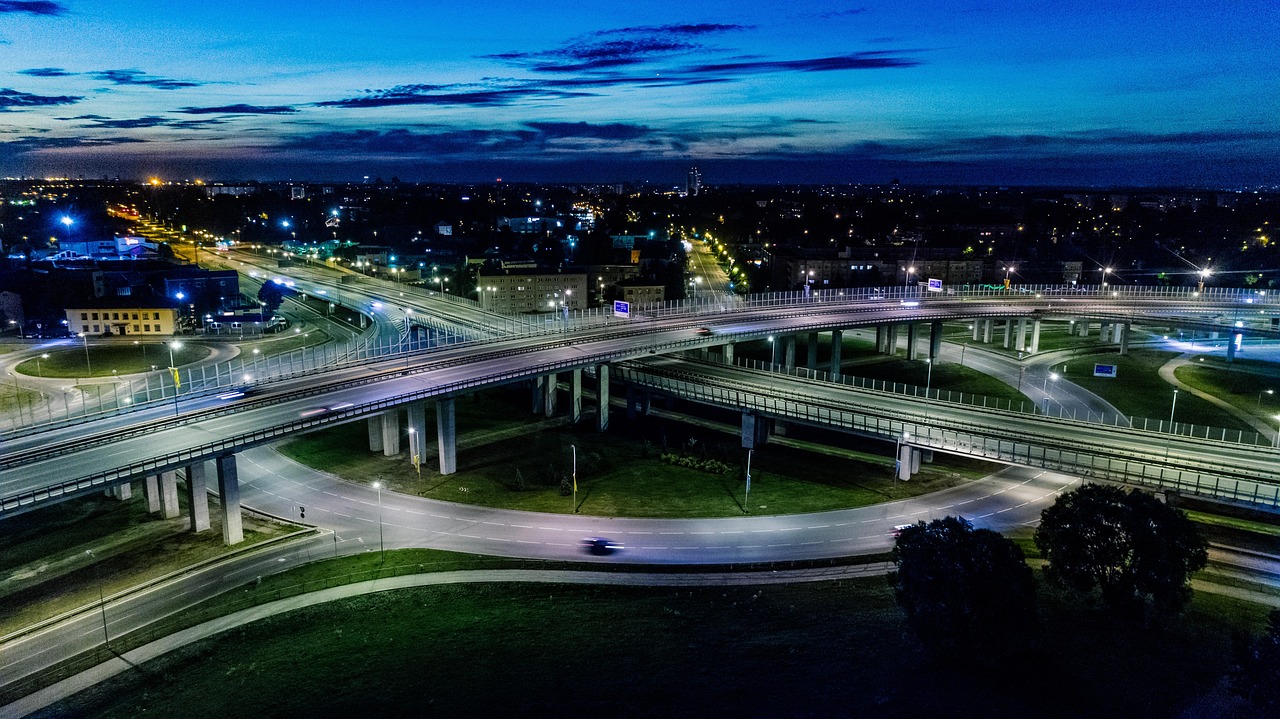
Diverging diamonds do not solve every knot of congestion, and they demand careful education and maintenance. Yet their spread hints at a healthier mindset in American road design. Engineers are willing to challenge habit, test ideas, and keep what proves safer and clearer. As agencies study other innovative intersections with the same discipline, the quiet success of these crossovers suggests that smarter geometry, not just bigger pavement, will guide the next generation of travel.
